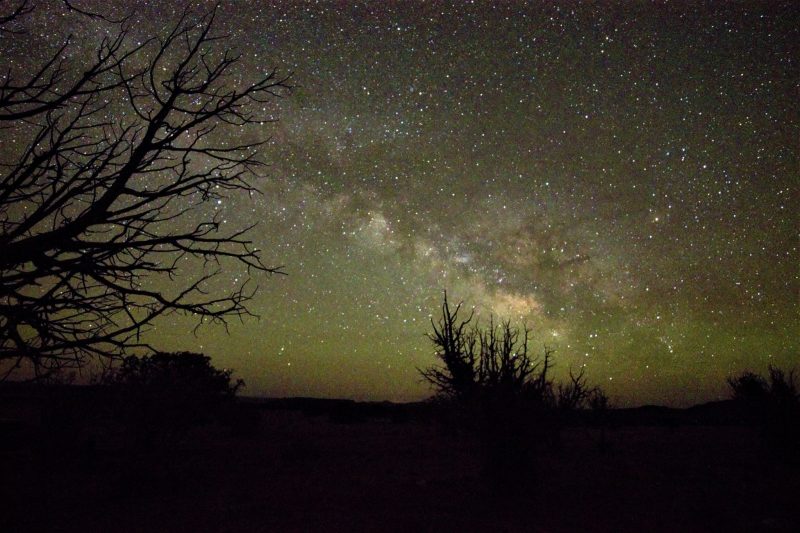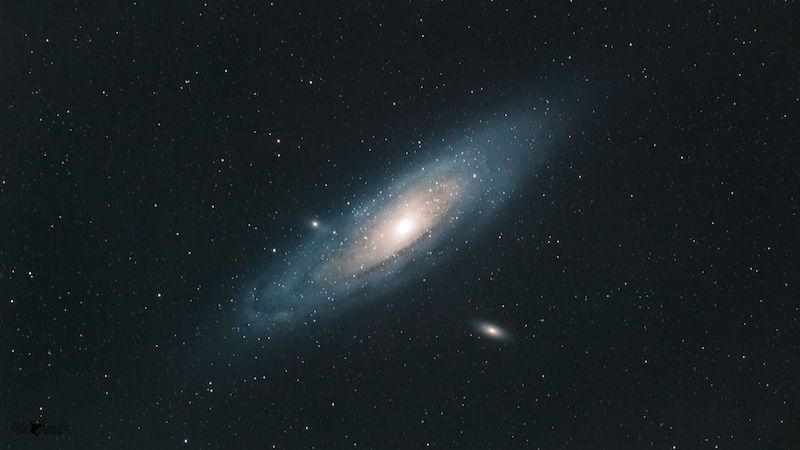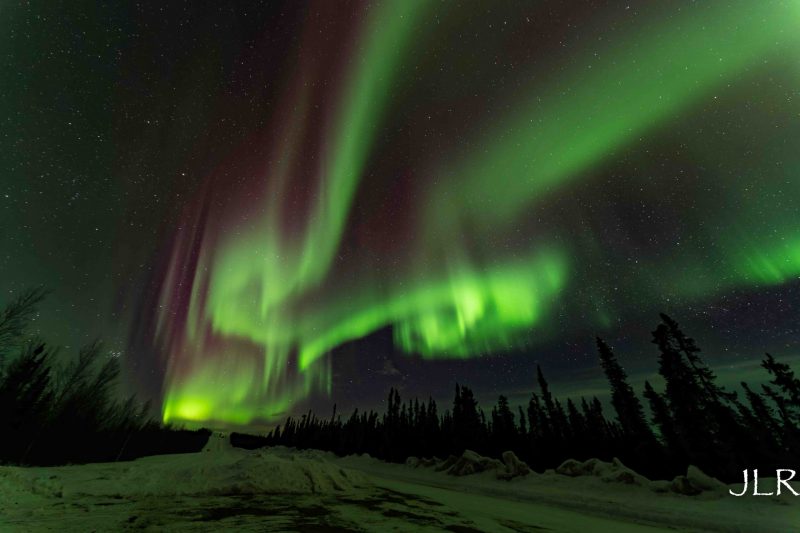
Which moon phase is best for stargazing? That depends on what you want to do.
Stargazing for dim objects is best without moonlight
Most astronomers prefer to observe the sky when the moon is not visible. That is because they want to look at planets, stars, galaxies, clusters, the Milky Way and nebulae. To see these deep sky objects well, the sky must be dark, free of light pollution and moonlight.
The darkest skies will be around the new moon, when the moon rises and sets with the sun. So the moon is not in the night-time sky. Therefore, both the morning and evening sky are moon-free and great for stargazing. It’s best to go out in the country to a dark site.

Circumventing the moon phase for dim objects
As the moon moves from a new phase to a crescent in the evening sky, dark sky observing can continue. Astronomers either wait until after the moon sets or observe in a part of the sky far from the moon. During this lunar phase, the moonlight is not very bright. That changes as the moon grows in illumination. But not in the way you might think.
When the moon is first quarter or last quarter – and half lit in the sky – its brightness is only about 1/6th of a full moon. Then three nights before a full moon it is half as bright as a full moon. Only during the full moon phase does the moon reach its brightest. This sharp peak in brightness on the nights near full moon is due to what is known as the “opposition surge“, caused by both shadow-hiding and backscattering of sunlight off of the moon.
You can also adjust your observing time to avoid a moonlit sky. The first quarter moon sets at around midnight so you have a dark sky in the early morning hours. Around a third quarter moon you can observe in the evening hours since the moon rises at about midnight.
Stargazing during a full moon
Sometimes, events like the appearance of a comet, a meteor shower or aurora occur during a bright moon. There is simply nothing the astronomer can do about that. As for comets, eventually, the moon moves out of the sky, or the comet moves to the morning or evening sky. For meteor showers, which occur on nearly the same day each year, you can observe before moonrise or after moonset. And if you have to deal with the moon, hide it behind something so that its light does not shine directly upon your surroundings.

And what to do when an aurora appears in your moonlit sky? Photograph it, and let the moonlight illuminate the earth’s surface, providing a stunning foreground landscape. Make something good out of a bad situation. Or as the old saying goes, “When life gives you bears, make barricades.” Or something like that.
Just ignore that bright moon up there
A growing number of amateur astronomers and most professional astronomers do not look through their telescopes but instead, use them to image the sky. To their surprise, they have learned that a significant amount of moonlight does not interfere with their images. Using special filters to remove moonlight and taking multiple images to stack – to increase contrast – they can image up to nearly full moon and still get good images.
Stargazing to enjoy the moon

The moon is above the horizon half of the day. It’s even visible in the daytime. And, as it travels around the sky each month, it puts on a show that changes each night. It is interesting and fun to follow the phases of the moon. The moon rises roughly 50 minutes later each day so maybe follow the moon through an entire lunar cycle. Learn more about understanding the phases of the moon.
So, which moon phase is best for stargazing?
And the answer is … it depends on what you want to see. Some people enjoy watching the moon itself, as it waxes and wanes in our sky. Others avoid it because it overwhelms the dim objects they really want to see.
Bottom line: The best phase of the moon for stargazing depends on what you want to do. Some enjoy watching the moon itself. On the other hand, people using telescopes avoid the moon because its glare interferes with deep-sky objects.
The post Which moon phase is best for stargazing? first appeared on EarthSky.
0 Commentaires